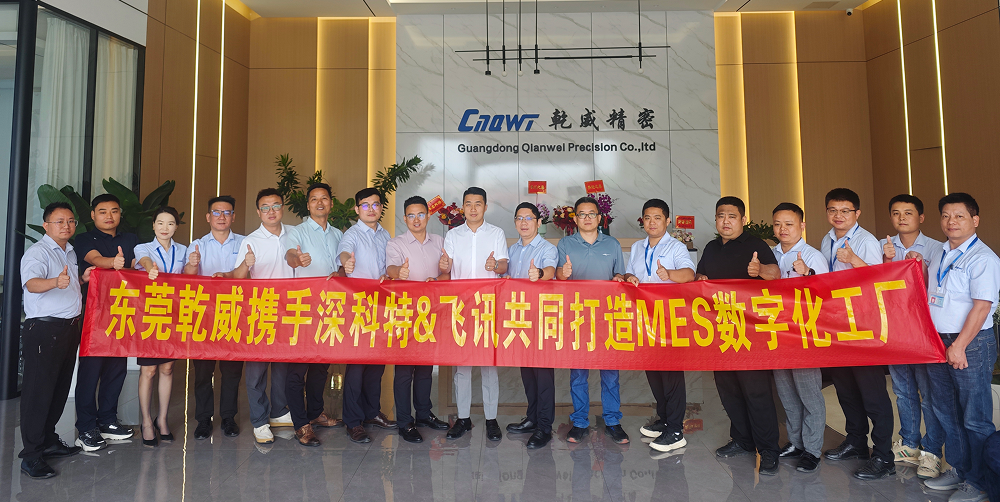VPS系统标准工序流程

Title: The Standard Process Flow of VPS System: A Comprehensive Perspective
Introduction:
In the modern era, virtual private servers (VPS) have become an increasingly popular choice for businesses and individuals seeking scalable and cost-effective hosting solutions. However, the successful implementation of a VPS system requires adhering to a standard process flow that encompasses various angles. In this article, we will explore the comprehensive perspective of the 1200-word standard process flow for VPS systems.
1. Pre-Deployment Phase:
The journey toward implementing a VPS system begins with meticulous planning. It involves evaluating the specific requirements of the project, such as disk space, processing power, memory requirements, and bandwidth. The pre-deployment phase also includes identifying the target audience, assessing security needs, and selecting an appropriate VPS provider.
2. Infrastructure Setup:
After the planning stage, the next crucial step is setting up the necessary infrastructure for the VPS system. This process includes acquiring the hardware, such as servers, storage devices, and network equipment. Proper installation and configuration of these elements are essential to ensure optimal performance and reliability of the VPS system. Additionally, the network infrastructure must be secured and monitored to protect against potential vulnerabilities.
3. Software Installation and Configuration:
Once the infrastructure is in place, the focus shifts to installing and configuring the software components required for the VPS system. This step involves the installation of the operating system, virtualization software, and other essential tools. It is crucial to ensure compatibility between the hardware and software components, as well as optimize settings for efficient resource utilization and system stability.
4. Virtual Environment Creation:
After the software setup, the next step is to create the virtual environment. This involves creating isolated virtual machines (VMs) within the physical server to provide individual instances of operating systems and applications. Each VM should be allocated appropriate resources based on the project requirements. It is important to implement proper load balancing and redundancy strategies to achieve high availability and fault tolerance.
5. Resource Allocation and Monitoring:
In this stage, the administrator allocates resources such as CPU, memory, and storage to each VM based on their specific needs. Resource allocation should be done efficiently to prevent bottlenecks and ensure optimal performance. Continuous monitoring of resource usage, system alerts, and regular performance tuning are crucial to maintain the health and availability of the VPS system.
6. Network Configuration:
Proper network configuration is a vital aspect of the VPS system. It involves setting up networking protocols, firewall rules, and establishing secure connections. Network segmentation and isolation techniques, such as VLANs (virtual LANs), enhance security and prevent unauthorized access to critical resources. Additionally, configuring virtual private networks (VPNs) ensures secure remote access to the VPS system.
7. Data Backup and Disaster Recovery:
The protection of data is of utmost importance in any IT system. Regular and automated backups should be scheduled to safeguard critical information hosted within the VPS system. Implementing a robust disaster recovery plan ensures business continuity in the event of unforeseen incidents. This includes off-site backups, redundancy measures, and testing the restoration process regularly.
8. Security Implementation:
Security considerations play a pivotal role in the success of any VPS system. Employing industry-standard security practices, such as implementing strong access controls, regular patch management, and intrusion detection systems, are essential. Continuous monitoring for vulnerabilities and prompt response to security incidents are critical aspects of maintaining a secure VPS environment.
9. Ongoing Maintenance and Upgrades:
The final phase of the VPS system standard process flow involves ongoing maintenance and periodic upgrades. Routine maintenance tasks, including software updates, security patches, and hardware maintenance, should be performed regularly to ensure optimal performance and longevity. Additionally, upgrading the system components as needed helps keep up with evolving technology and scalability requirements.
Conclusion:
Implementing a VPS system entails a comprehensive process flow that incorporates various angles. From the initial planning and infrastructure setup to ongoing maintenance and security implementation, each step plays a vital role in building a robust and efficient VPS system. By following this standard process flow, businesses and individuals can successfully deploy and manage their VPS systems, maximizing performance while minimizing risks and downtime.
��Ѷ���������2006�꣬ӵ�������з����뿪��ƽ̨����һ�Ҽ���Ӫ�������졢�ɹ���ȫ��·���ǻ��������Ʒ����̺ͷ����̡���Ʒ�������ֻ����䡢����������������������˾��MRO��ERP��MES��WMS��CRM��SRM�Ȳ�ƷΪ������Ϊ�ͻ��ṩ���ǻ��������巽���滮��������ܷ�����Χ���������Ǻͳ����ǵ����������ڰ����ͻ������к�ʵ�ʳ������ɴ��С��ɴ��µ����ֻ���Ӫ��ϵ�������������Ϣ�����������ֻ��;������ܻ��������⣬Ϊ��ͬ��ҵ����ͬ��ʵ�ֲ�ͬ�ľ�ӪĿ�ꡣ























请先 登录后发表评论 ~